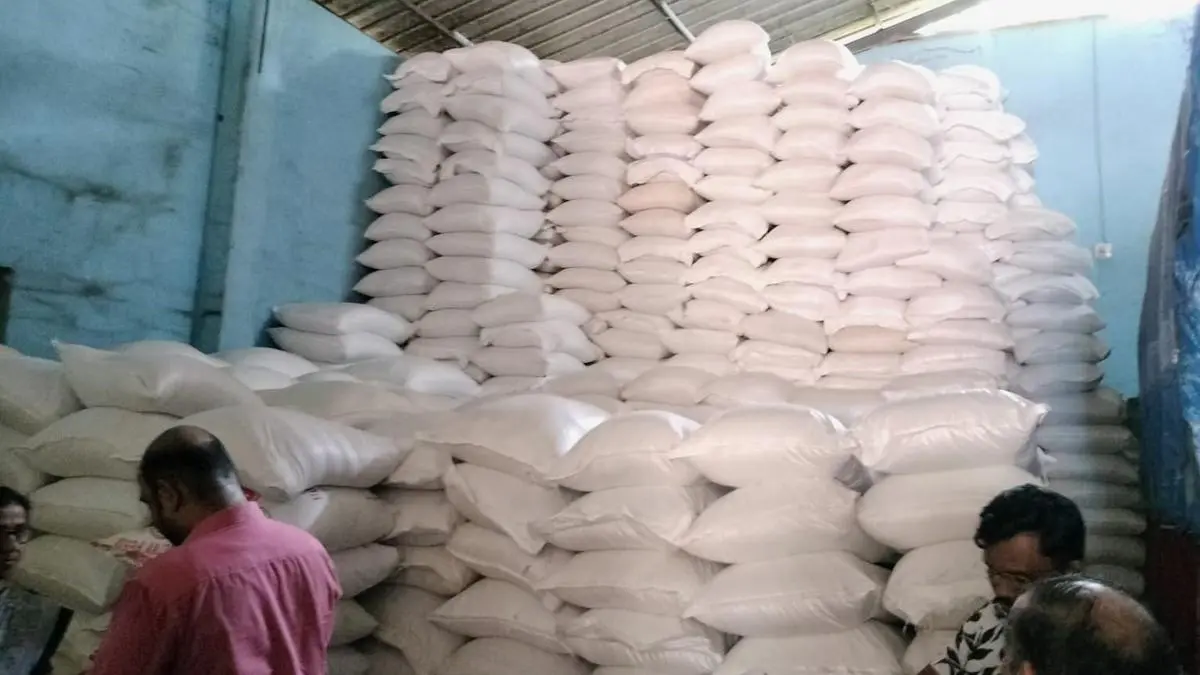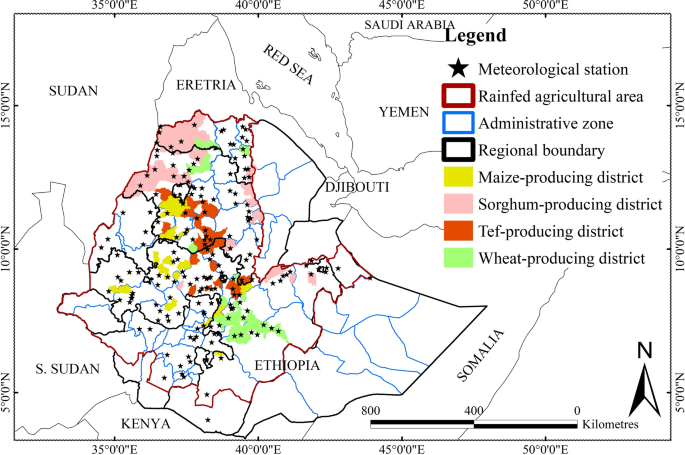Report on School Food Policy Implementation and its Contribution to Sustainable Development Goals
Executive Summary
This report examines the implementation of school food policy and procurement in England, analyzing its potential to advance multiple Sustainable Development Goals (SDGs). Healthy, sustainably sourced school meals are a critical mechanism for achieving targets related to health (SDG 3), hunger (SDG 2), and responsible consumption (SDG 12). However, a complex and fragmented governance landscape impedes consistent progress. Through a case study involving the introduction of British-grown beans into primary school meals, this report illustrates how local innovation can drive progress. It concludes that while local collaborative efforts are vital, achieving systemic change requires strong national leadership and structural reforms to fully leverage school food systems in support of the 2030 Agenda.
The Role of School Food Systems in Advancing the 2030 Agenda
Institutional food systems, particularly school meal programs, represent a significant opportunity to advance global sustainability targets. The effective governance of these programs is central to realizing benefits across health, environmental, and economic domains.
Alignment with Key Sustainable Development Goals
- SDG 2 (Zero Hunger): School meals directly address food security and nutrition for children, contributing to the goal of ending hunger and all forms of malnutrition.
- SDG 3 (Good Health and Well-being): The provision of healthy meals supports child development and helps combat non-communicable diseases linked to poor diet.
- SDG 12 (Responsible Consumption and Production): Public procurement rules for school food can mandate sustainable sourcing, reduce food waste, and promote local food economies, directly aligning with Target 12.7 on sustainable public procurement.
Analysis of England’s School Food Policy Landscape
In England, the governance of school food is characterized by fragmentation, involving a diverse array of actors and variable implementation outcomes. This complexity presents a significant challenge to achieving consistent, positive contributions to the SDGs.
Policy Framework and Governance Challenges
Two key policy areas shape the landscape: the School Food Standards and public procurement regulations. The lack of robust implementation provisions has led to a decentralized system where responsibility is diffused among various entities.
Key Actors in the Governance Landscape:
- National Government
- Local Government Authorities
- Individual Schools and Academies
- Public and Private Sector Caterers
- Voluntary and Third-Sector Organizations
This multi-level structure, or ‘implementation setting’, results in inconsistent application of standards and procurement practices, thereby limiting the potential impact on national SDG targets.
Case Study: Fostering Local Innovation for Sustainable Procurement
A research project introducing British-grown beans into primary school meals in two local authorities provides critical insights into overcoming governance barriers through local action.
Project Findings and Contribution to SDGs
The case study demonstrates how local innovation and entrepreneurship can emerge within fragmented implementation settings to create positive outcomes.
- Advancing SDG 12 (Responsible Consumption and Production): The initiative successfully integrated a locally and sustainably sourced product into the school food supply chain, providing a practical model for sustainable public procurement.
- Strengthening SDG 17 (Partnerships for the Goals): The project’s success was contingent on building collaborative partnerships between local authorities, schools, and suppliers, illustrating the importance of multi-stakeholder engagement to achieve sustainability goals.
Conclusion and Recommendations for Systemic Transformation
The findings underscore that while local collaborative innovation offers a partial pathway forward, it cannot substitute for a coherent national strategy. To fully harness the potential of school meals for the SDGs, a dual approach is necessary.
Pathways to Enhanced Policy Implementation
- Strengthen National Leadership and Structural Reform: The national government must provide clear direction and structural support to ensure consistent implementation of standards that align with SDG commitments.
- Support and Scale Local Innovation: Successful local models, like the one demonstrated in the case study, should be identified, supported, and scaled up to foster widespread adoption of sustainable practices.
By foregrounding implementation settings as critical sites of governance, this analysis offers a framework for transforming institutional food systems to deliver measurable progress toward the Sustainable Development Goals.
SDGs Addressed in the Article
-
SDG 2: Zero Hunger
The article focuses on providing “healthy… school meals,” which directly relates to ensuring access to safe, nutritious food for children, a key aspect of ending hunger and malnutrition.
-
SDG 3: Good Health and Well-being
The text explicitly states that school meals are a means to “advance health… goals.” Providing nutritious meals in schools is a fundamental strategy for promoting the health and well-being of children.
-
SDG 12: Responsible Consumption and Production
This goal is central to the article, which discusses “sustainably sourced school meals,” “public procurement rules,” and advancing “environmental… goals.” The focus on how food is procured and provided in public institutions like schools is a core component of sustainable consumption and production patterns.
-
SDG 17: Partnerships for the Goals
The article highlights the complex governance landscape involving “Multiple actors from national to local government, schools, academies, public and private caterers and the voluntary sector.” It also points to “local collaborative innovation,” emphasizing the need for multi-stakeholder partnerships to achieve policy goals.
Specific SDG Targets Identified
-
Target 2.2: End all forms of malnutrition
The article’s emphasis on “healthy… school meals” and the need to improve outcomes through policy change like the “School Food Standards” directly addresses the goal of ending malnutrition, particularly among children, by ensuring they receive nutritious food.
-
Target 12.7: Promote public procurement practices that are sustainable, in accordance with national policies and priorities
This target is explicitly addressed through the discussion of “public procurement rules governing food in schools.” The article analyzes the challenges and opportunities in implementing policies for “sustainably sourced school meals,” which is the essence of this target.
-
Target 17.17: Encourage and promote effective public, public-private and civil society partnerships
The article describes a fragmented system where progress depends on collaboration between a wide range of actors. The mention of “local collaborative innovation” and the interaction between “national to local government, schools, academies, public and private caterers and the voluntary sector” directly reflects the multi-stakeholder partnerships this target aims to foster.
Indicators for Measuring Progress
-
Implementation of national food standards
The article’s focus on the “lack of implementation provision” for the “School Food Standards” implies that the rate of adoption and compliance with these standards by schools is a key indicator of progress towards providing healthy meals (relevant to SDG 2 and 3).
-
Adoption of sustainable public procurement policies
The discussion around “public procurement rules” suggests that an indicator would be the number of local authorities or schools that have adopted and are effectively implementing sustainable food procurement policies (relevant to SDG 12).
-
Proportion of locally and sustainably sourced food in school meals
The specific case study of introducing “British-grown beans into primary school meals” provides a concrete, measurable indicator. The percentage of food in school meals that is locally and sustainably sourced can be tracked to measure progress towards Target 12.7.
-
Formation of multi-stakeholder collaborations
The article points to “local collaborative innovation” as a pathway forward. An indicator for Target 17.17 would be the number and effectiveness of partnerships formed between government bodies, caterers, schools, and the voluntary sector to improve the school food system.
Summary Table of SDGs, Targets, and Indicators
| SDGs | Targets | Indicators |
|---|---|---|
| SDG 2: Zero Hunger | Target 2.2: End all forms of malnutrition. | Rate of school compliance with national “School Food Standards.” |
| SDG 3: Good Health and Well-being | (Implied) Promote health and well-being through nutritious food. | Provision of healthy and nutritious school meals. |
| SDG 12: Responsible Consumption and Production | Target 12.7: Promote public procurement practices that are sustainable. | – Number of schools/authorities adopting sustainable procurement policies. – Percentage of locally or sustainably sourced food (e.g., “British-grown beans”) in school meals. |
| SDG 17: Partnerships for the Goals | Target 17.17: Encourage and promote effective public, public-private and civil society partnerships. | Number and effectiveness of “local collaborative innovation” partnerships between government, schools, caterers, and the voluntary sector. |
Source: frontiersin.org







